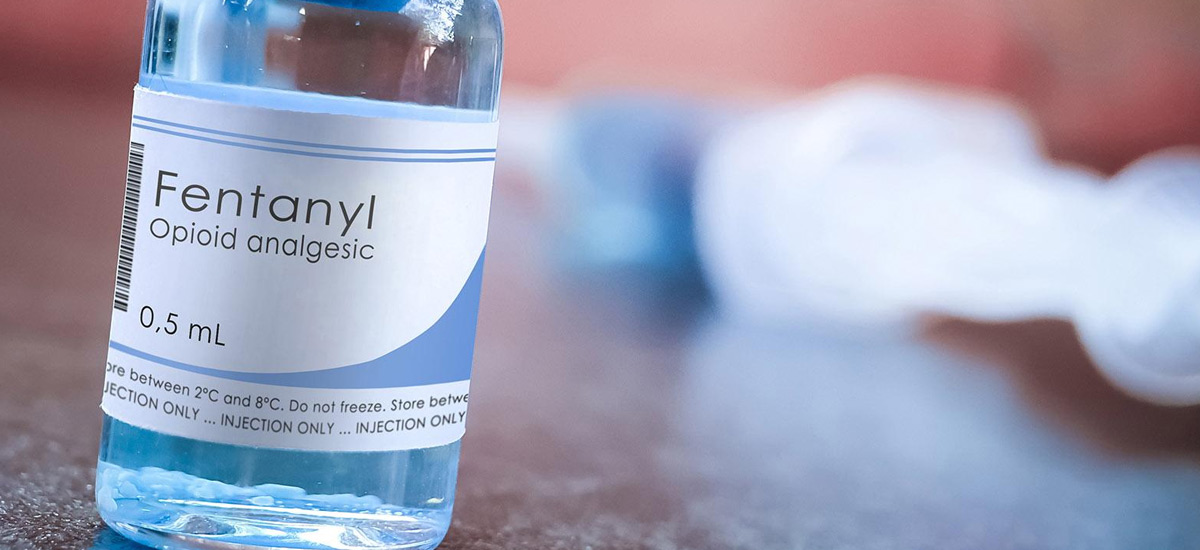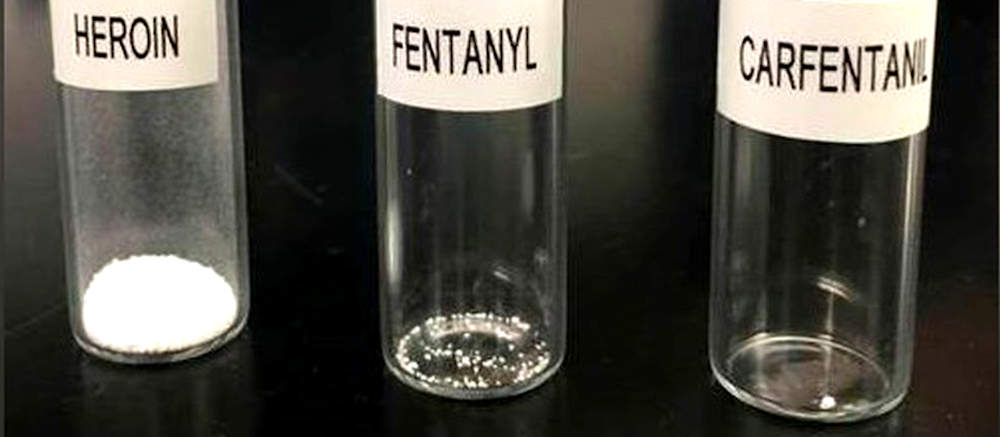by oanetwork
Share
by oanetwork
Share

During the global COVID-19 pandemic, there has been a significant increase in alcohol use disorder-related deaths among all age groups and sexes. Actual mortality rates related to alcohol have been far higher than “normal statistical levels” for both 2020 and 2021.
In 2020, observed death rates tied to alcohol were 25% higher than expected, and in 2021, mortality rates were 22% greater than expected statistically. Young adult age groups have seen an especially sharp rise, with the 25-44 age group showing the highest increases.
Another similar study projected that a sample one-year increase in alcohol consumption during pandemic will create 8,000 additional deaths from liver disease, 18,700 cases of liver failure, and 1,000 cases of liver cancer by 2040.
Because alcohol is a legal, socially acceptable drug, actual alcohol use disorder is often extremely under-reported, so actual mortality rates may be even higher than reported in current studies.
None of this data and findings are a surprise. The problems of addiction and substance abuse never go away, and have been exacerbated by forced changes, lockdowns and loss of employment during the pandemic. An increase in substance-abuse related deaths and health issues is to be expected.
Besides the numbers data on increased deaths, there are other useful points and conclusions that can be made. These are great qualitative points that back up what just feels kind of obvious when you think about the lockdowns and the pandemic.
- Increased anxiety, isolation, joblessness, and other factors caused by the pandemic could have led to an increased desire to abuse drugs and/or alcohol.
- For alcohol, the shift to drinking at home from drinking in restaurants and bars reduced the cost per ounce, which may have led to higher quantities consumed.
- During the pandemic, there were also fewer options for ways to spend both time and money. Moreover, like many leisure goods, abusing drugs and alcohol requires time. This is especially true when accounting for both the time spent abusing the substances and the time spent recovering from their usage.
- Given this complementarity between time and drugs and alcohol, declines in the value of time may have effectively led to decreases in the total cost of substance abuse and, consequently, an increase in the number of abusers.
- Once started, drug and alcohol abuse is difficult to stop for many people. This fact should show in future data, where rates do not drop off as the pandemic “ends.”
HELP IS AVAILABLE
Do You Have a Loved One Struggling with Addiction or Mental Health Issues?
Fentanyl is a potent synthetic opioid that is used to manage severe pain. It is also one of the most addictive drugs available, and its misuse has caused an unprecedented increase in overdose deaths in recent years. In this blog post, we will explore the addictive qualities of fentanyl and the dangers of its use […]
Deaths by Opioid Overdose Louisiana, like many other states in the United States, has seen an increase in fentanyl-related overdose deaths in recent years. That is the light way to put it. Louisiana has seen a 434% increase in opioid-related deaths in a tracked statistical period from 2014 to 2021. Data was provided by the […]
Here’s a topic that is very relevant to the holiday season, a time that comes with built-in stress and plenty of exposure to close family members. When a close family member is addicted to drugs or alcohol, their addiction takes a toll on you and your family. It is a slow process of utter devastation […]
What is fentanyl? Fentanyl (aka fentanil, fentanyl citrate, acetyl fentanyl) is a synthetic (man-made) opioid pain medication with a rapid onset and a relatively short half-life, which determines the duration of action. For the more technically inclined, it is a potent agonist at the μ-opioid receptors. As such, fentanyl is generally prescribed only for patients […]





